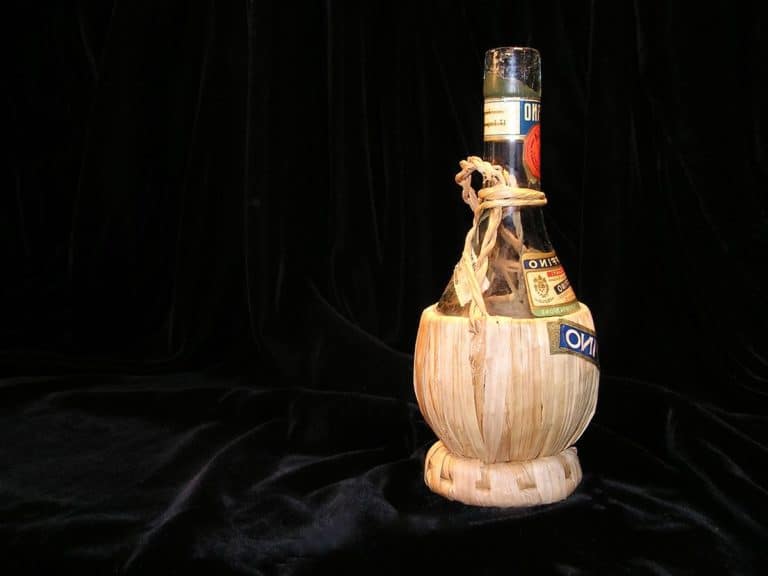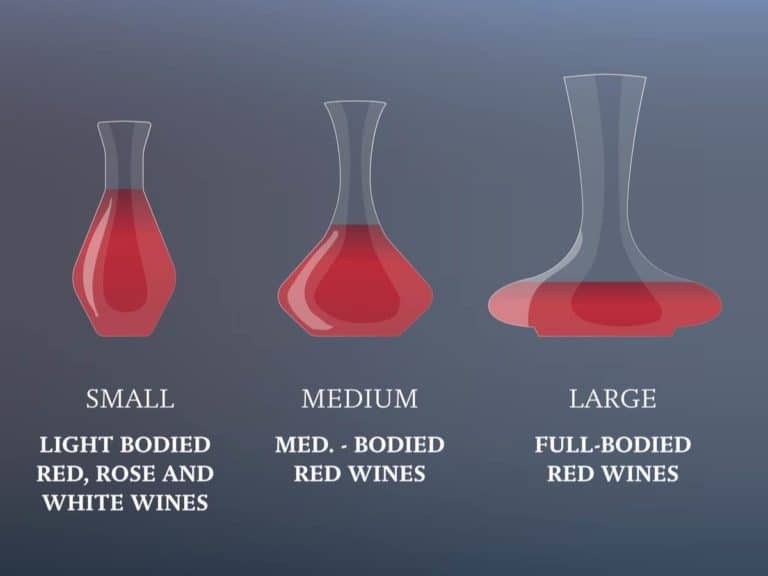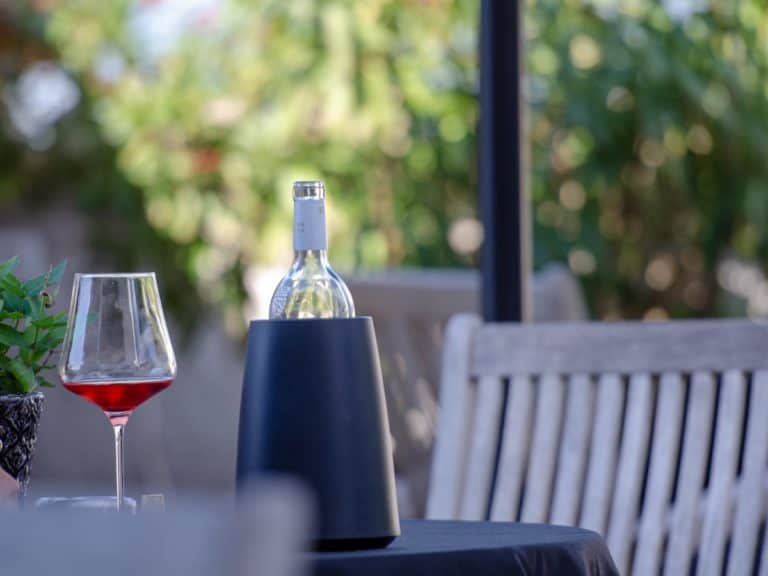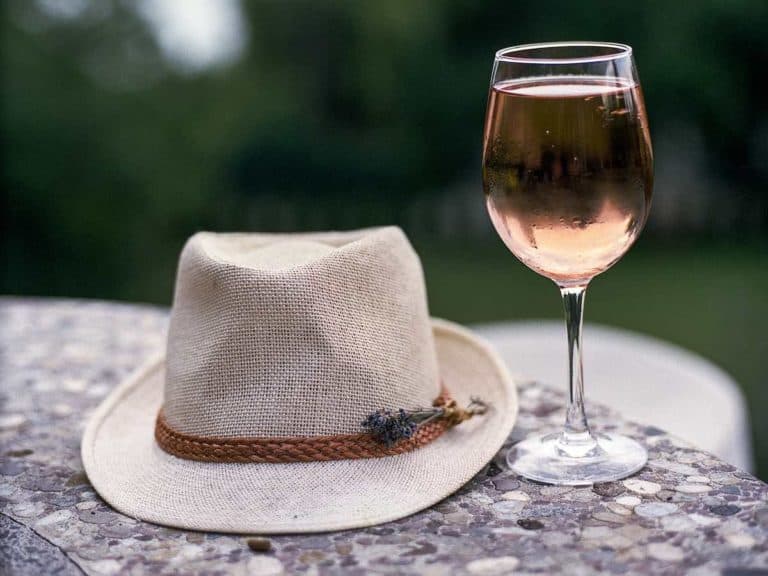How Much Alcohol Is In Blush Wine
Blush wines are considered light wines and can be paired with a wide variety of foods. This combined with their delicate color has led to them being featured across social media. So if you haven’t tried it yet, you’ve probably seen someone else try it.
If you’re considering trying it for the first time but are hesitant and want to know about its alcohol levels, we’re here to answer your query.
One 175 ml glass of a typical blush wine of 12% ABV has 2.1 units of alcohol. Drinking more than 14 units a week is considered dangerous for your health. It could lead to long-term health conditions like cancer and heart disease so it’s important that you avoid doing so.
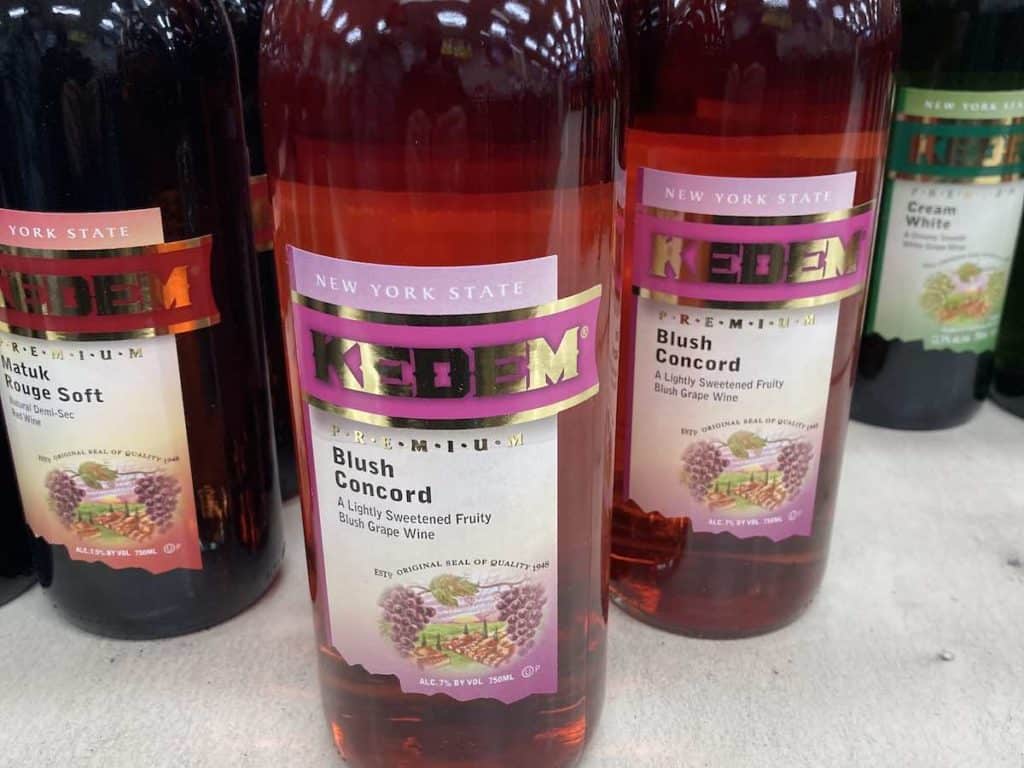
What Is ABV
ABV is an acronym for alcohol by volume. It calculates how much alcohol is in your wine. For blush wines, this number can be as low as 5.5% or as high as 14.5%. This figure determines how many units of alcohol are in your drink.
12% ABV means you can drink just under 7 glasses of the wine in a week and stay in the safe category. If the percentage increases, the number of glasses you can safely drink goes down.
However, if you get a wine with a 5.5% ABV, you can drink more of it in a week without affecting your long term health.
The ABV value is given on the back of every bottle. Use it to estimate a unit value for the alcohol content in your wine.
How Does Alcohol Content Affect Taste
Alcohol comes through as heat in the back of your mouth or throat when you drink a wine.
A higher ABV wine hits harder and has a warmer and bolder taste. It almost feels like a slight burning feeling on your palate.
A wine with lower ABV is considered lighter because it has a softer taste. This is why you’ll find that blush wines have lower alcohol content levels than red wines which are stronger drinks.
Factors Affecting ABV
You’ll generally notice that alcohol content in wines has increased over the past few years. This is because people want richer and more intense flavors. They want more fun flavors that hit hard. They also want unique and bold tastes.
This has led to wines with higher ABV being produced. Winemakers do this by leaving grapes on the vines well after they would normally be picked. Grapes that are more ripe have stronger flavors and translate to fuller-bodied wines with a higher ABV.
Since there have been a lot of advancements in genetically modified crops and general farming practices, delaying harvest doesn’t affect the quality of the fruit. It stays fresh and doesn’t wilt or rot.
Another factor affecting ABV is climate. Warmer climates in places like California tend to produce more potent wines that colder regions like Germany.

Blush Wines Vs. Rosé
People often confuse blush wines with rosés because they look the same. However, they aren’t the same. Blush wines are produced by extracting juice from grapes and leaving the juice in contact with grape skins for a few hours or by blending red and white wines.
Rosés are only made with the former process. They can never be blends of two types of wines. As such, it can be said that all rosés are blush wines but all blush wines are not rosés.
Therefore, the ABV of rosés is generally low. Both Spanish and French Rosés have an ABV between 12.5 and 13.5% while Portuguese Rosés and California White Zinfandel have ABV values below 12.5 percent. This means the latter two types have less alcohol than the first two types.
Cutting Back On Alcohol
If you’re investigating how much alcohol is in blush wine because you want to cut back on your alcohol consumption, we have some tips that might help you on this journey. Irrespective of whether you just want to live an alcohol-free lifestyle or whether you’ve found yourself on the path to addiction, it is possible to cut back.
It will take a little effort but if you’re willing to put in the work, you can do it.
Figure Out How Much You Drink
Quite often people think they depend on alcohol when in fact they enjoy drinking it just as much as the next person. With great drinks like blush wines with their light and fruity flavors, it’s understandable to want a glass or two with your meal.
Understand where you stand. Do you have cravings when you go without drinking or can you go a few days without thinking about your favorite bottle of wine?
Consider Your Approach
There are a couple of ways to cut back on alcohol. If you don’t want to give it up entirely, you can shift to drinks with a lower ABV rating. That way, you can enjoy wine without consuming the same amount of alcohol.
If your go-to wine is a bottle of red, shifting to a blush wine might be the first step. Alternatively, you can try moderation therapy where you reduce the number of glasses of wine you drink instead of reducing the amount of alcohol in those drinks.
Conclusion
Alcohol content can be a big consideration for some people when they’re choosing what wine to drink. Given that consuming too much of it can lead to long term health concerns, monitoring alcohol consumption is a healthy decision.
Blush wines are light wines so even the strongest ones have ABV values of less than 13.5%. This means that if you can safely drink 14 units of alcohol in a week, you can drink 6 and a half glasses of blush wine.
If you want to monitor alcohol consumption because you think you might be building a dependency on it, you should consider shifting to a drink with a lower ABV value or by reducing the number of glasses you drink in a day.

